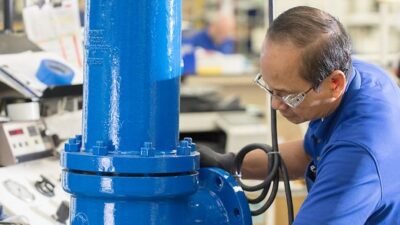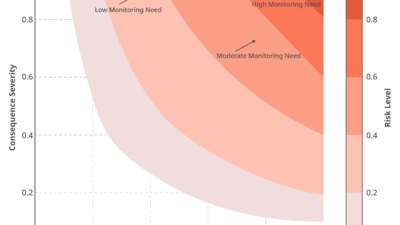Manufacturing has struggled in recent years to attract highly-skilled workers with particular skills. Britton Lombardi and William Testa from the Federal Reserve explore why there has been a struggle in recent years and what companies can do to fix the problem before it becomes a serious issue.
U.S. manufacturers are often disappointed with the supply of high-skilled workers available to them, especially from the pool of younger candidates. Manufacturers and their trade associations have actively responded to this apparent shortage by heightening their recruitment efforts, marketing the manufacturing sector’s prospects, and improving their skills certification and training programs.
If manufacturing employers are indeed faced with an unduly short supply of high-skilled workers, this is puzzling given the falling levels and shares of manufacturing employment in the U.S. To further understand this reported labor shortage, we look at trends in “upskilling,” or improvements in average skill levels, of the overall U.S. work force.
In the U.S., manufacturing’s share of payroll jobs has been contracting since the middle of the twentieth century, with accelerating declines over the past three decades. A shrinking manufacturing sector in the U.S. suggests that workers would be readily available, since many existing workers have been displaced on account of plant closings and other retrenchment decisions.
However, what may be true for the overall manufacturing work force may be less true for high-skilled segments of it. That is, both technological change and heightened global competition may be affecting low-skilled manufacturing workers to a greater extent. Meanwhile, the demand for high-skilled workers has also been tightening across the entire U.S. economy; thus, manufacturing employers must likely compete with nonmanufacturing employers for these workers.
In recent decades, the U.S. work force has been upskilling. As documented by various researchers, upskilling across the U.S. work force over the past century is evidenced by rapid growth in educational attainment, particularly by the increased numbers of high school and college graduates. Researchers continue to debate the reasons behind the continued broad-based upskilling in recent decades. But a strong impetus for upskilling across the U.S. work force appears to have arisen from employers’ growing demand for high-skilled employees—particularly for those who are facile with technological advancements.
Prospective workers may be discounting employment opportunities in the U.S. manufacturing sector, since they perceive it as being in decline, with its employees all too often being subject to temporary job interruptions, underemployment, and layoffs. Also, as the numbers of potential manufacturing employees are falling, the costs of offering traditional or legacy training programs are rising for manufacturing firms. When manufacturing job numbers were very high, local schools, unions, and employers could more easily gather a sufficient number of students to make the scale of their training operations affordable. With the waning of such training programs, manufacturing is losing another valuable avenue for its firms to acquire new workers.
According to our analysis, continued manufacturing wage premiums do not adequately explain the apparent labor tightness that manufacturers have experienced. Wage premiums actually shrunk from the early 1990s to the late 2000s, even for those workers with higher educational attainment. One possibility is that declining manufacturing job prospects may be self-reinforcing, leading to a negative image among prospective employees. If so, the pool of available workers at any given educational attainment may be inferior to that in previous times. Accordingly, U.S. manufacturers may need to increase their efforts in marketing their prospects and improving their skills certification and training programs to gain more qualified candidates.
Britton Lombardi is senior associate economist, and William A. Testa is vice president and director of regional programs for the Federal Reserve.
Read the full report here.



